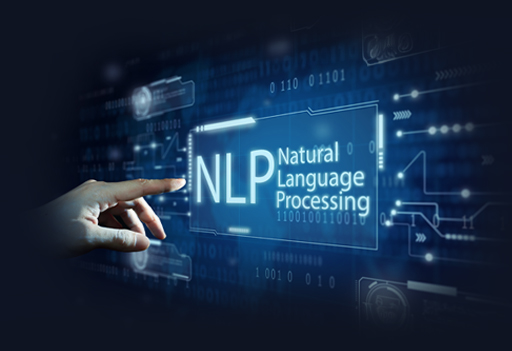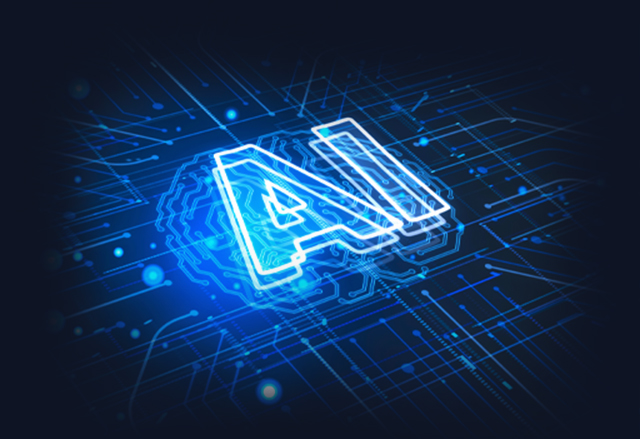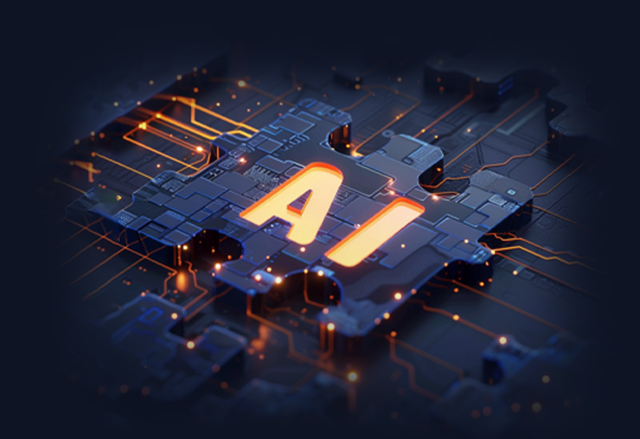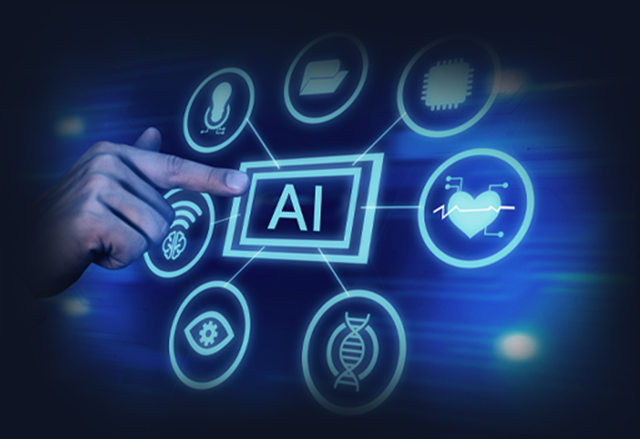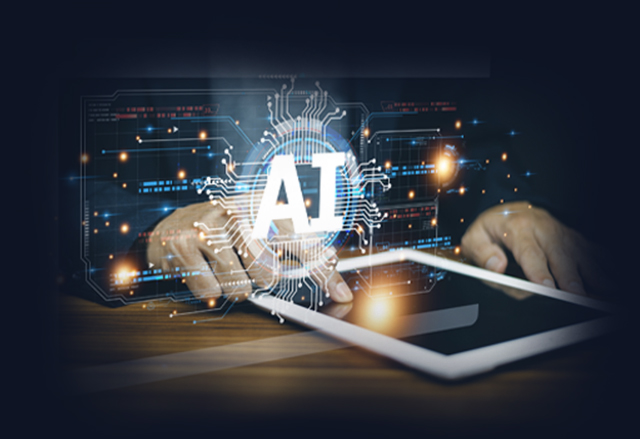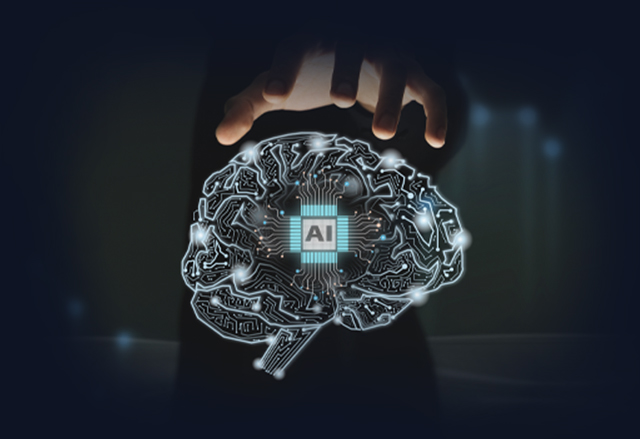Boost Your Business with AI: Harness LLMs & NLP/NLU Now!

In an era where digital transformation is no longer a luxury but a necessity, understanding the nuances of artificial intelligence (AI) technologies has become critical. Today, we delve into an exciting frontier of AI, language models, with a specific focus on Large Language Models (LLM) and Natural Language Processing/Understanding (NLP/NLU). These sophisticated AI technologies are revolutionizing the way machines comprehend and interact with human languages, setting the stage for remarkable advancements in AI development.
Language models are core to AI systems that understand, generate, and respond to human languages.
They're the driving force behind many applications that have seamlessly integrated into our daily lives,
from voice assistants like Siri and Alexa to email filters, chatbots, and predictive text features.
As AI continues its rapid evolution, these models are becoming increasingly sophisticated, capable of understanding complex linguistic nuances.
In this article, we'll provide a comprehensive overview of two essential types of language models: LLM and NLP/NLU.
We'll unpack their functionality, explore their practical applications, and delve into their significance in today's digital landscape.
Are you ready to navigate the fascinating world of language models in AI? Let's embark on this enlightening journey together, shedding light on how these advanced technologies can fuel your business's success in today's digital era.
Definition and Role of LLMs
Large Language Models (LLMs) stand as a testament to the remarkable advancements in artificial intelligence (AI).
This technically sophisticated model is distinguished by its exceptional language-processing capabilities and its ability to understand human-like language. As with any high-performance AI model,
LLM requires substantial amounts of data and computational power to function effectively,
which underscores the scale and complexity of its operations.
LLM has carved out a significant niche for itself across various domains of AI, demonstrating its relevance and indispensability.
It plays a crucial role in areas such as speech recognition, text translation, language prediction, and natural language processing.
The potential of LLM lies in its proficiency to process and comprehend complex language structures.
This makes it highly effective in tasks related to human communication, thereby bridging the gap between humans and machines.
Moreover, the advancements made in LLM have been instrumental in paving the way for future developments in AI technology.
Its capability to decode and generate human-like responses is not merely a reflection of its current capacity
but also an indication of its role in shaping the future of AI. As we move forward, we can expect LLM to continue revolutionizing our interaction with technology, making it more intuitive, efficient, and productive.
Definition and Role of NLP/NLU
Natural Language Processing (NLP) is a multidisciplinary subfield of Linguistics, Computer Science,
and Artificial Intelligence that focuses on enabling machines to understand human language.
This groundbreaking technology has become a cornerstone in the AI realm, transforming our interaction with machines and digital platforms.
A subset of NLP, Natural Language Understanding (NLU), takes this a step further by aiming to extract meaning from human language.
It is about more than just recognizing words; it's about comprehending intention and facilitating more nuanced and effective communication between humans and machines.
These technologies have found practical applications across various sectors. Virtual assistants like Siri and Alexa leverage NLP and NLU to comprehend and respond to user commands. Similarly, chatbots utilize these technologies to deliver customer service that is both efficient and increasingly personalized. Other applications include sentiment analysis, which allows businesses to gauge public opinion on their products or services, summarization for condensing large volumes of text into concise summaries, and personalization to enhance user experience based on individual preferences and behaviour.
The advancements in NLP and NLU are playing an essential role in improving human-machine interactions.
They're making intelligent systems more user-friendly and intuitive, helping to bridge the gap between humans and technology.
LLMs & NLP/NLU, How Do They Work Together?
Large Language Models (LLMs) and Natural Language Processing/Understanding (NLP/NLU) are two critical components of cognitive AI systems,
each with distinct attributes and functionalities that, when combined, pave the way for more advanced and human-like interactions between machines and humans.
LLMs are cutting-edge AI models designed to generate coherent, human-like text. They are trained on vast datasets, absorbing a myriad of languages and styles to produce diverse and nuanced text.
Their primary function lies in their ability to create high-quality, contextually appropriate content based on given inputs, bringing us one step closer to seamless human-AI communication.
NLP/NLU, on the other hand, delves into the realm of understanding and interpreting human language. It involves complex tasks like sentiment analysis, named entity recognition, and language translation. These functions enable computers to not only process human language but also comprehend its meaning, nuances, and context.
The intersection of LLMs and NLP/NLU is where the magic happens. By utilizing the text-generating capabilities of LLMs and the analytical prowess of NLP/NLU, we can create AI systems that can both generate and understand language. For instance, in a chatbot application, an LLM could generate a response to a user query, and NLP/NLU could then analyze this response to extract relevant information, enhancing the bot's learning and improving future interactions.
In conclusion, while LLMs and NLP/NLU each have their unique strengths, their combined power holds the key to unlocking the full potential of AI in language-based applications. As they continue to improve, they're paving the way for more intelligent, intuitive, and human-like AI systems.
LLMs and NLP/NLU: Transforming Industries
In an era where artificial intelligence (AI) is becoming increasingly integral to our daily lives, Large Language Models (LLMs) and Natural Language Processing/Understanding (NLP/NLU) technologies are leading the charge in revolutionizing various sectors. These sophisticated technologies have found applications across diverse industries, including Fintech, Telecom, Government, Healthcare, and eCommerce, transforming operations and customer engagement.
Let's see how!
Fintech: Streamlining Financial Transactions
In the Fintech sector, NLP/NLU and LLMs play a pivotal role in enhancing customer experience and optimizing operations.
For instance, robo-advisors employ these technologies to provide personalized financial advice based on an individual's financial history and future goals.
Similarly, AI-powered chatbots leverage LLMs and NLP/NLU technology to understand and respond to customer queries in real time, significantly reducing response time and improving overall customer service.
Telecom: Enhancing Customer Interaction
Telecom companies are taking advantage of NLP/NLU and LLMs to improve their customer interaction. AI-driven virtual assistants, powered by these technologies, provide instant responses to customer inquiries, reducing wait times and improving customer satisfaction.
Additionally, sentiment analysis tools use NLP/NLU to analyze customer feedback, helping telecom companies understand their customers better and tailor their services accordingly.
Government: Facilitating Public Services
Government entities are harnessing the power of LLMs and NLP/NLU to streamline public services and improve citizen engagement.
For example, AI-powered virtual assistants can provide citizens with instant answers to queries about public services, while text analysis tools can help government agencies analyze public opinion on policies and initiatives, enabling them to make more informed decisions.
Healthcare: Personalizing Patient Care
In healthcare, AI models built on LLMs and NLP/NLU are being used to personalize patient care. AI-powered virtual health assistants use these technologies to understand patient queries and provide accurate information, improving patient engagement. Moreover, NLP/NLU is being used in electronic health records to extract and analyze patient data, facilitating more accurate diagnoses and personalized treatment plans.
eCommerce: Transforming Online Shopping
In the world of eCommerce, LLMs and NLP/NLU are enhancing the online shopping experience.
Chatbots, powered by these technologies, provide instant responses to customer queries, `
while product recommendation engines use NLP/NLU to analyze customer behaviour and provide personalized product suggestions, improving customer engagement and boosting sales.
In conclusion, the application of Large Language Models and Natural Language Processing/Understanding technologies is not just enhancing efficiency but also reshaping the way industries operate and interact with customers. As we continue to uncover the full potential of these technologies,
we can expect them to play an even more significant role in shaping the future of these industries.
Frequently Asked Questions (FAQs)
1. Can LLM be used for tasks beyond natural language understanding?
Absolutely, the capabilities of Large Language Models (LLMs) extend beyond just Natural Language Understanding (NLU).
LLMs are not only adept at understanding and generating human language but also excel in various other tasks. They can be used for tasks like translation, summarization, question-answering, and even for generating creative content such as stories or poems.
Furthermore, with tools like DXwand’s DXP, which is designed to empower humans with Cognitive AI, the potential applications of LLMs can be extended even further. DXP harnesses the power of LLMs to create AI models that can interact with humans in a more natural,
intuitive manner in a variety of languages, including Arabic with its various dialects, thereby expanding the scope of what LLMs can achieve. Thus, these technologies are not just transforming our interaction with machines but also reshaping various aspects of our lives.
2. How can businesses leverage NLP/NLU and LLM to improve customer experiences?
Businesses can harness the power of NLP/NLU and Large Language Models LLMs to significantly enhance customer experiences.
These sophisticated AI technologies can be used to create intelligent chatbots that understand and respond to customer queries in real-time, providing instant, personalized support. They can also analyze customer feedback and sentiment, helping businesses tailor their services to meet customer needs more effectively.
Meanwhile, LLMs can generate engaging, human-like text, enabling businesses to communicate with customers in a more relatable and captivating manner.
By leveraging these technologies, businesses can not only improve customer satisfaction but also build stronger, more meaningful relationships with their customers.


